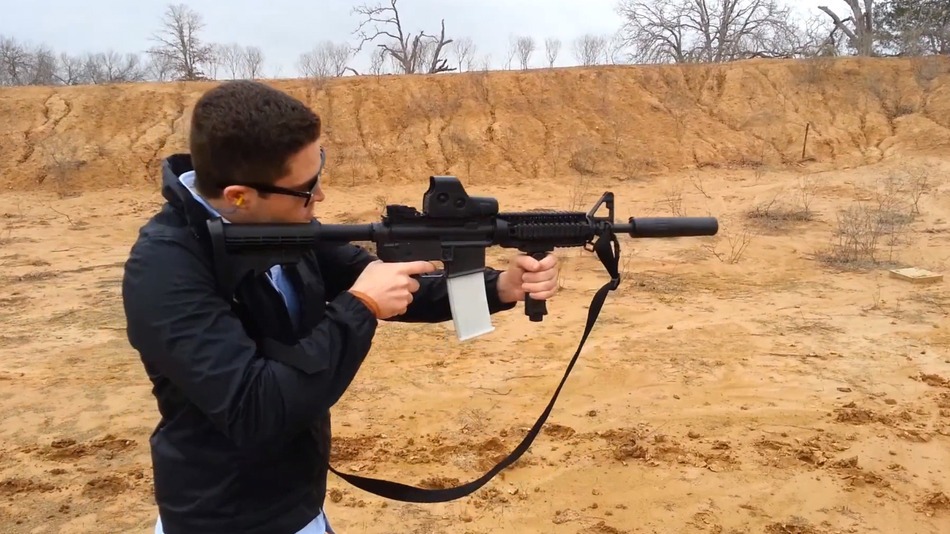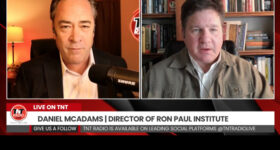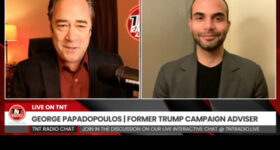Michael S. Rosenwald
Washington Post
Twenty minutes into his State of the Union address last week, President Obama entered the realm of uber-geekery — three-dimensional printing.
The magical devices capable of printing prosthetics, violins and even aircraft parts have the potential, the president said, “to revolutionize the way we make almost everything.”

3-D printed, AR-15 lower magazine clip. (Image Source: Mashable)
.
Forty miles away from the Capitol, in Glen Burnie, Md., Travis Lerol is proving Obama’s point — with guns.
In a spare bedroom, where an AR-15 rifle leans against the wall, Lerol is using a 3-D printer no larger than an espresso machine to make plastic rifle parts and ammunition magazines in between tea sets and chess pieces. The parts print, layer over layer, creating objects like an ink-jet printer etches words.
The 30-year-old software engineer said he has no plans to print anything outlawed by the government. But like many other gun owners, he is nervous that the push for gun control in the wake of the Sandy Hook Elementary School massacre will infringe on his Second Amendment rights.
Three-dimensional printers offer a potentially easy way around restrictions and registrations — a source of growing consternation among gun-control advocates and some allies in Congress.
“There’s really no one controlling what you do in your own home,” Lerol said.
Though printing guns is a craft still in its infancy — Lerol hasn’t tested his parts yet at a gun range — technology experts, gun rights proponents and gun safety advocates say the specter of printable firearms and ammunition magazines poses a challenge for Obama and lawmakers as they craft sweeping gun-control legislation.
One controversial idea, pushed by Sen. Dianne Feinstein (D-Calif.), is to outlaw high-capacity magazines. But some proponents of 3-D printed guns have already made high-grade plastic replicas.
“Obviously, that has to be one of her nightmares,” said Larry Pratt, executive director of Gun Owners of America, a lobbying group opposed to additional restrictions. “If her ban was to pass and this technology moves beyond its infancy, Dianne Feinstein is going to have a bit of a challenge.”
Feinstein’s proposed legislation, which would also ban AR-15s, restricts manufacturing of such items by anyone in the country, said a spokesman for the senator.
But 3D-printing experts say that logic is dated and misses the point of the technology. Making guns for personal use has been legal for decades, but doing so has required machining know-how and a variety of parts. With 3-D printers, users download blueprints from the Internet, feed them into the machine, wait several hours and voila.
“Restrictions are difficult to enforce in a world where anybody can make anything,” said Hod Lipson, a 3-D printing expert at Cornell University and co-author of the new book, “Fabricated: The New World of 3D Printing.”
“Talking about old-fashioned control will be very ineffective.”…
READ MORE 3D PRINTING NEWS AT: 21st Century Wire 3D Printing Files















